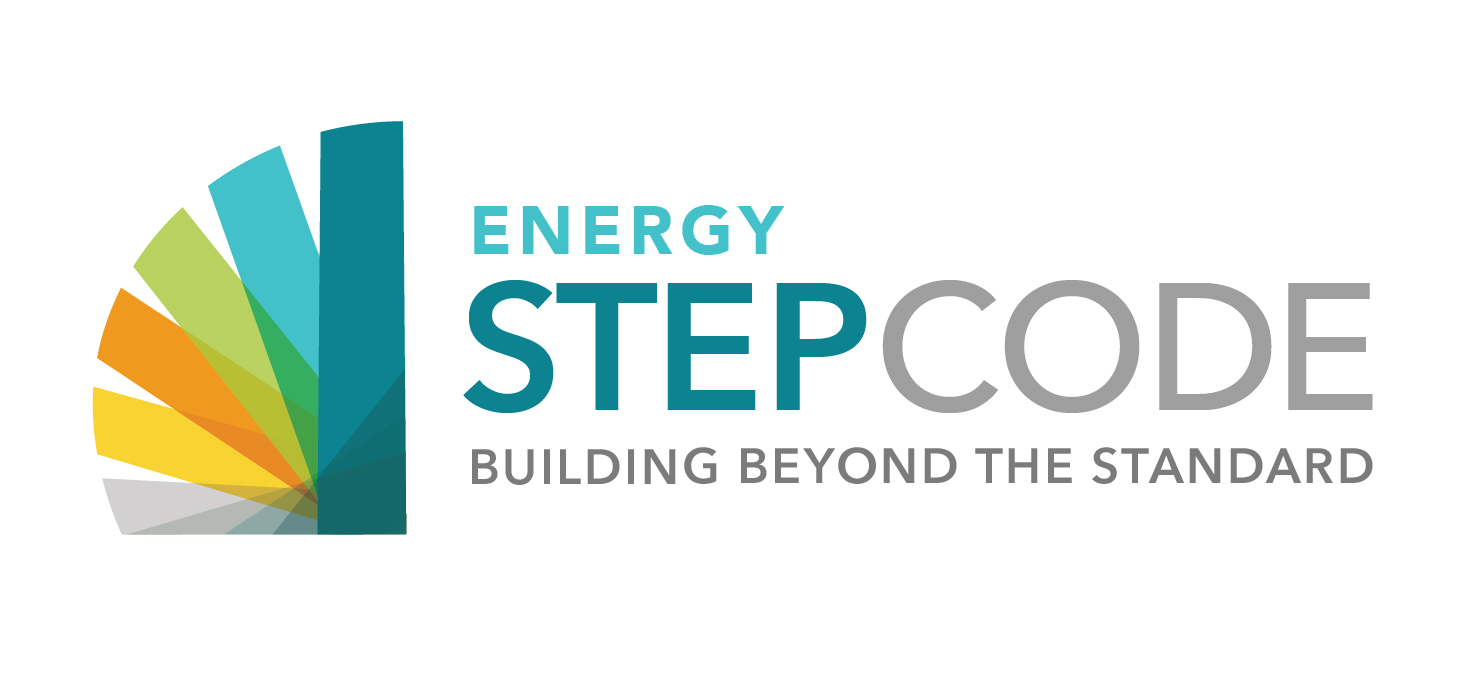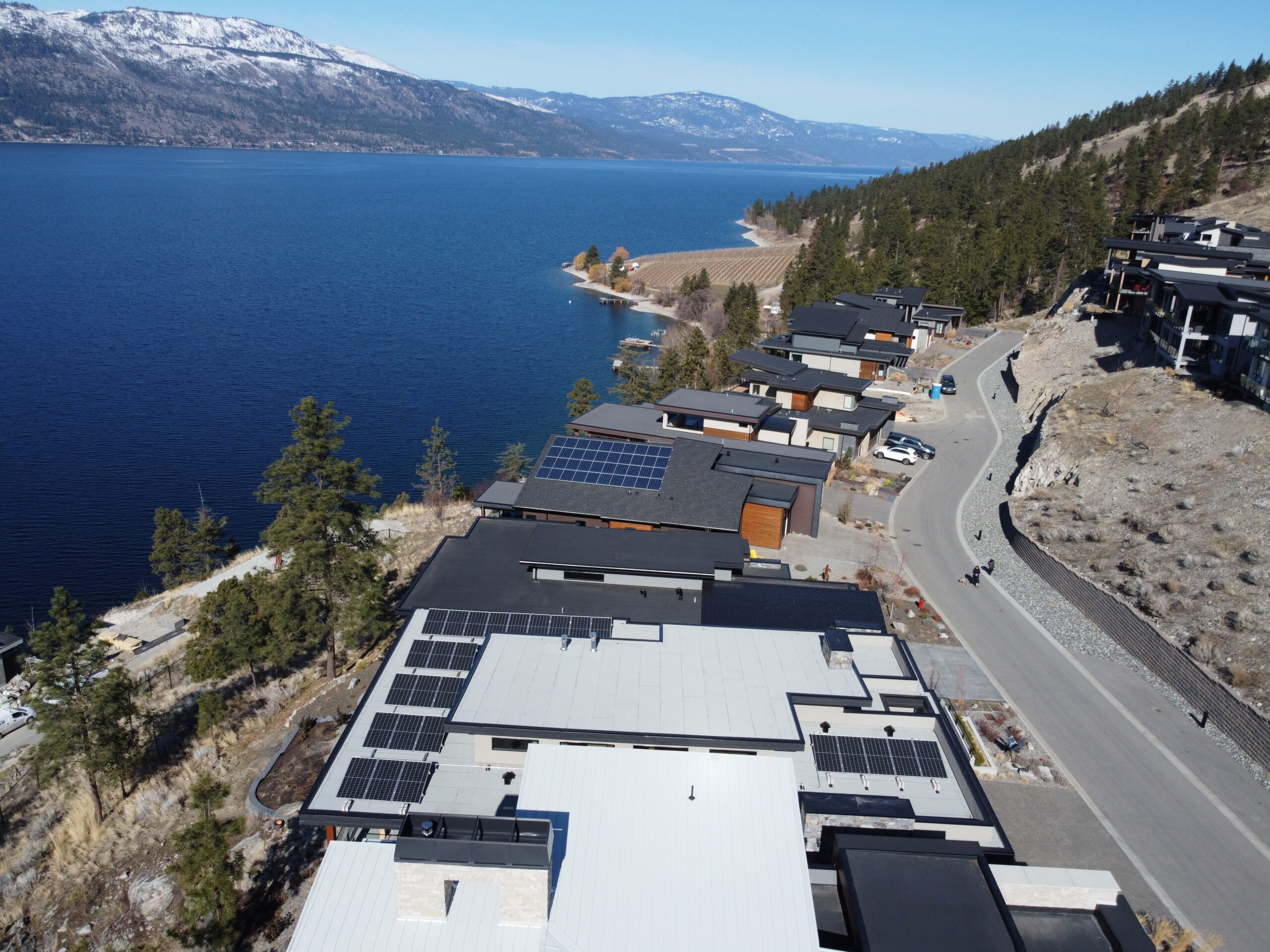Over the past short while, Net Zero buildings have steadily moved from carbon reduction pipe dream to completely attainable reality. British Columbia and the Government of Canada are both in the process of transitioning building codes and regulations to transition as many buildings as possible to net zero ready status by 2030 to 2032. Between increasing carbon taxation and eco-friendly values, there is more reason than ever to invest in your home or business’ clean energy technology. Solar panels in the Okanagan are now a critical tool for our communities to achieve a coveted net zero status, with the help of BC’s Step Code.
Regardless of where you are in British Columbia or the Okanagan, some time between now and 2032, your community’s building codes will have mandated that all new buildings be net zero ready. If you are a construction professional or if your organization intends to build something in the next decade, you will need to be familiar with net zero approaches and techniques to achieve this goal.
There are many ways to achieve net zero status, so individual builders will develop and adopt different techniques to reduce their heat and energy loss through efficiencies such as, better insulation and reduced electrical loads. That said, the common thread to true net zero status leads to solar energy in many situations.
No matter how efficient a home is, it will require some energy input to function. That final, unavoidable energy input must be offset by clean renewable energy sources. While geothermal and wind can theoretically be employed, and in some cases will need to be if a building is in a cloudy climate, neither of those technologies compare to solar PV’s adaptability and availability.
Fortunately, much has changed in the past 10 years when it comes to solar PV and it is no longer the high-cost, nice-to-have, that it once was. Now, the cost of solar PV is affordable for nearly every new home construction and would add just a small per centage of cost to a new home. This is especially true in a geographic region with a great solar resource such as the Okanagan!
Solar in the Okanagan: More Effective Than Usual
If you consult a solar irradiation map such as the Global Solar Atlas, you will find that central and southern British Columbia has significant solar potential. Our sunny climate allows for some of the highest solar energy available in Canada, aside from southeast Alberta and southwest Saskatchewan.
In the context of net zero construction, that means that the final offset process of a building’s annual energy needs can often be achieved relatively easily with a solar photovoltaic (PV) system on a building’s roof in the Okanagan.
Once a home’s envelope has been sealed and insulated to a high standard, and energy demand reduced through efficient fixtures and appliances, solar PV systems are the most affordable, established, and readily available method of achieving your final net zero carbon emissions offset for any building.
Why Does Net Zero Matter?
The BC Energy Step Code is a staged progression of building code adoption. This process is intended to provide the construction industry with time to adjust to net zero building practices over a number of years. While certain builders may be further ahead or behind on adopting these measures, municipalities across British Columbia are now in the process of endorsing and implementing whichever step in the Step Code works for their business communities.
Regardless of where you are in British Columbia or the Okanagan, some time between now and 2032, your community’s building codes will have mandated that all new buildings be net zero ready. If you are a construction professional or if your organization intends to build something in the next decade, you will need to be familiar with net zero approaches and techniques to achieve this goal.
There are many ways to achieve net zero status, so individual builders will develop and adopt different techniques to reduce their heat and energy loss through efficiencies such as, better insulation and reduced electrical loads. That said, the common thread to true net zero status leads to solar energy in many situations.
No matter how efficient a home is, it will require some energy input to function. That final, unavoidable energy input must be offset by clean renewable energy sources. While geothermal and wind can theoretically be employed, and in some cases will need to be if a building is in a cloudy climate, neither of those technologies compare to solar PV’s adaptability and availability.
Fortunately, much has changed in the past 10 years when it comes to solar PV and it is no longer the high-cost, nice-to-have, that it once was. Now, the cost of solar PV is affordable for nearly every new home construction and would add just a small per centage of cost to a new home. This is especially true in a geographic region with a great solar resource such as the Okanagan!
If you want to learn more about net zero building, the BC Energy Step Code, and how SkyFire Energy can help you build the net zero buildings of the future, contact us for a free assessment. Our solar specialists will support you in achieving your renewable energy goals.


